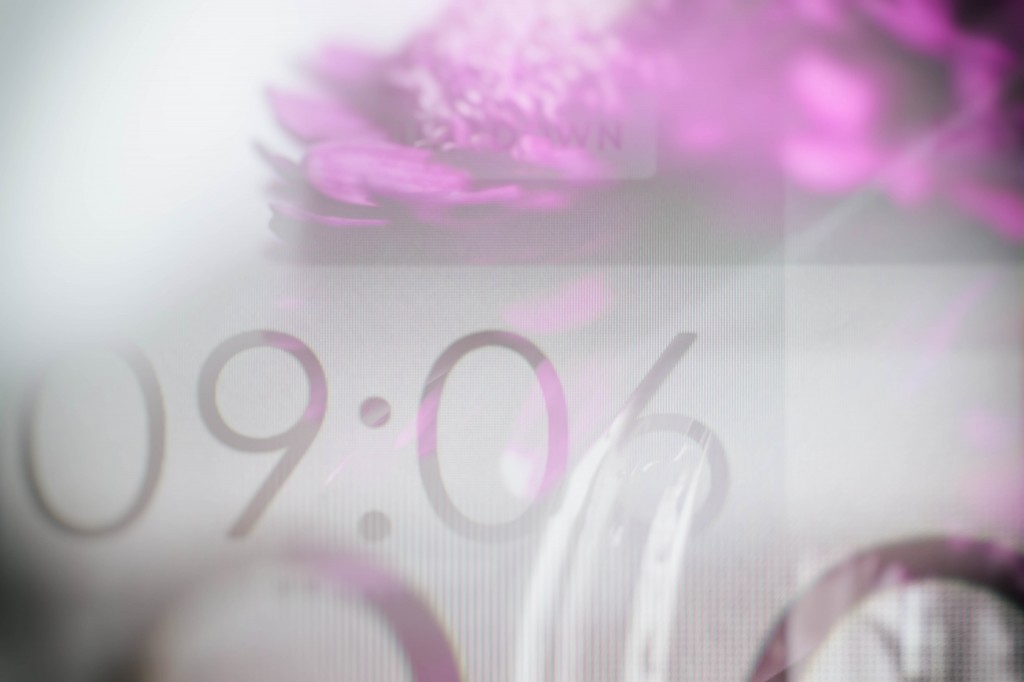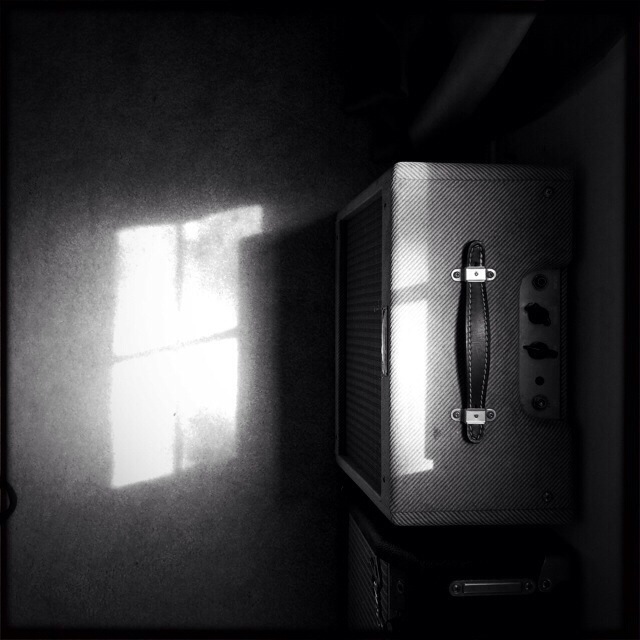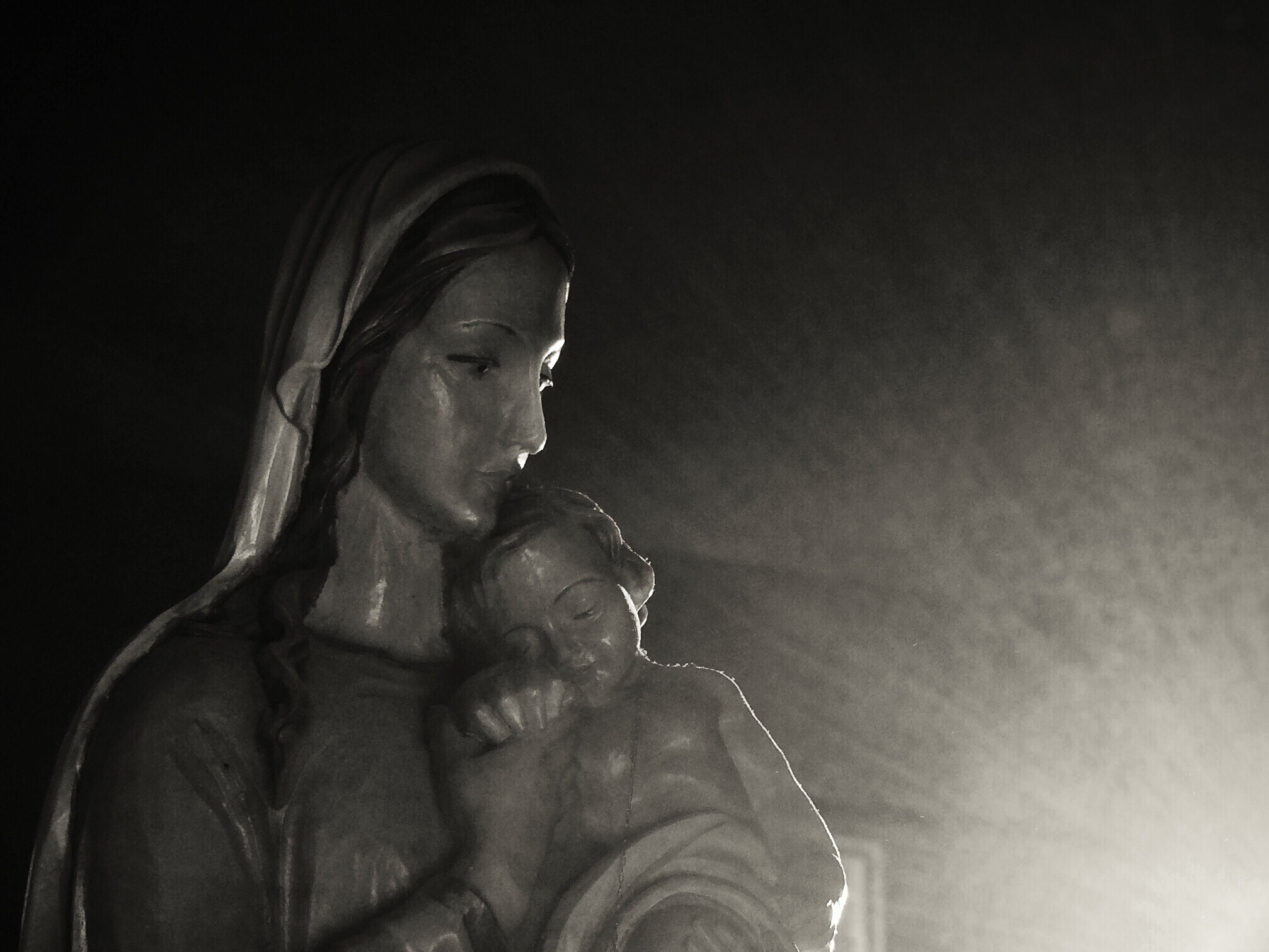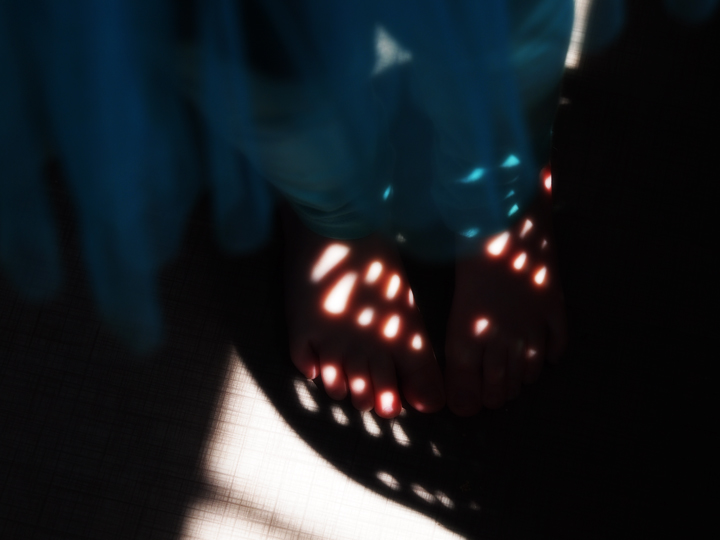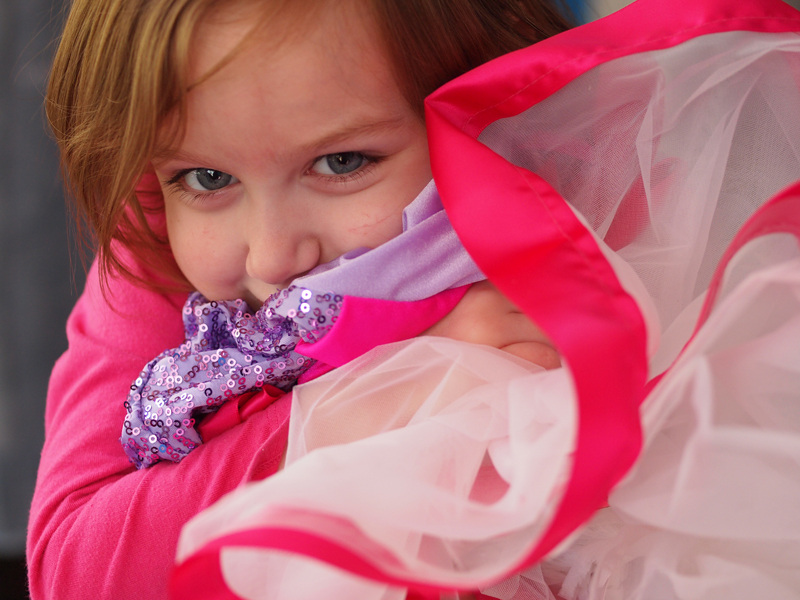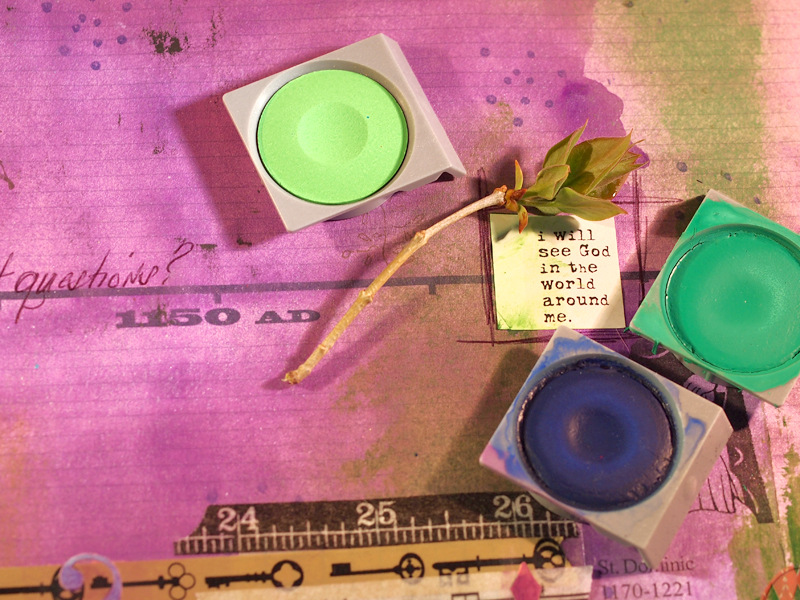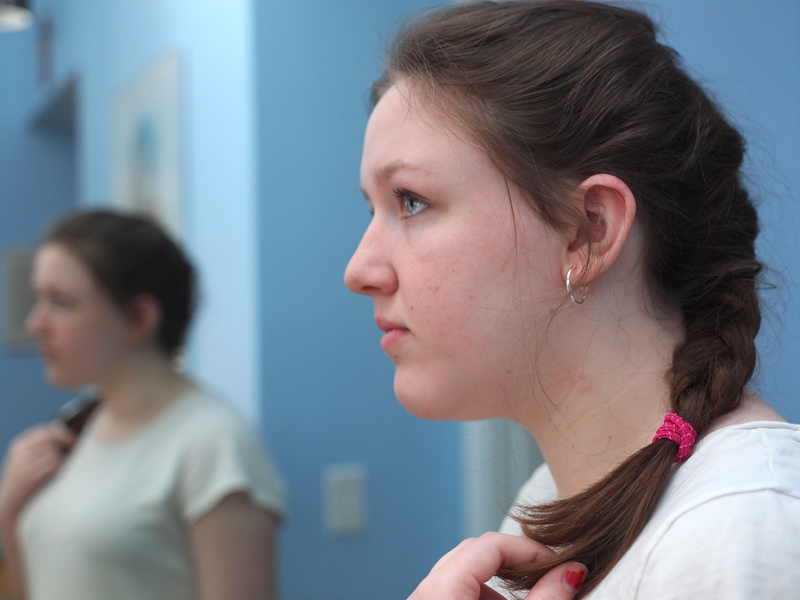
The Call: A Veil Between Earth and Eternity — Cheryl
Life is filled with wonderful moments that deepen my faith and keep me excited about learning. How often have I encountered a theme, day after day, or maybe month after month, in very different places?
Lately, I’ve been fascinated by the notion of a thin veil hanging between this world and the invisible world of the eternal, a veil that sometimes gets blown aside and lets God’s concept of time and space mingle with ours.
The first time I ever noticed such an idea was when I was reading Madeleine L’Engle’s Walking on Water: Reflections on Faith and Art. In that book (and in many others written by L’Engle, apparently), she distinguishes between earthly time (chronos) and God’s time (kairos). In Glimpses of Grace, which is a collection of excerpts from L’Engle’s writings for each day of the year, I found an example that illustrates the distinction: “And as for those seven days of creation, nothing whatsoever is said in Genesis about God creating in human time. Isn’t it rather arrogant of us to think that God had to use our ordinary, daily, wristwatch time? Scripture does make it clear that God’s time and our time is not the same. … So why get so upset that God might have created in divine time, not human?”
While I’ve long believed that God’s seven days could very well have equaled 7 billion of our years, I had never really thought in terms of God’s time crossing a line and blurring things in our world.
After L’engle, though, came Emily of New Moon, a character created by Lucy Maude Montgomery who is nearly as fun and full of life as Montgomery’s Anne of Green Gables. Emily has a gift of seeing into eternal time and space, and once in awhile even crossing the line. Montgomery describes one of Emily’s glimpses into eternity as seeing “the flash.”
And then, for one glorious, supreme moment, came “the flash.”
Emily called it that, although she felt that the name didn’t exactly describe it. It couldn’t be described — not even to Father, who always seemed a little puzzled by it. Emily never spoke of it to any one else.
It had always seemed to Emily, ever since she could remember, that she was very, very near to a world of wonderful beauty. Between it and herself hung only a thin curtain; she could never draw the curtain aside — but sometimes, just for a moment, a wind fluttered it and then it was as if she caught a glimpse of the enchanting realm beyond — only a glimpse — and heard a note of unearthly music.
One of last month’s books was Caryll Houselander: Essential Writings, and this Catholic “mystic” shared many experiences of the divine in this life. She, too, was able to “lift the veil,” seeing Jesus — very vividly — in the world, and persons, around her.
The other day, there was a blog post by novelist Kaye Park Hinckley, in which she writes, “The veil between life and death is decidedly thin, and certainly no barrier to God.”
See what I mean about this recurring theme? I’ll continue to look for it, even thought I don’t claim to have any special gift for seeing God at work in the world, just an ordinary one, for I do find him, here and there — like many others, it’s very often when I’m looking through my camera’s viewfinder.




